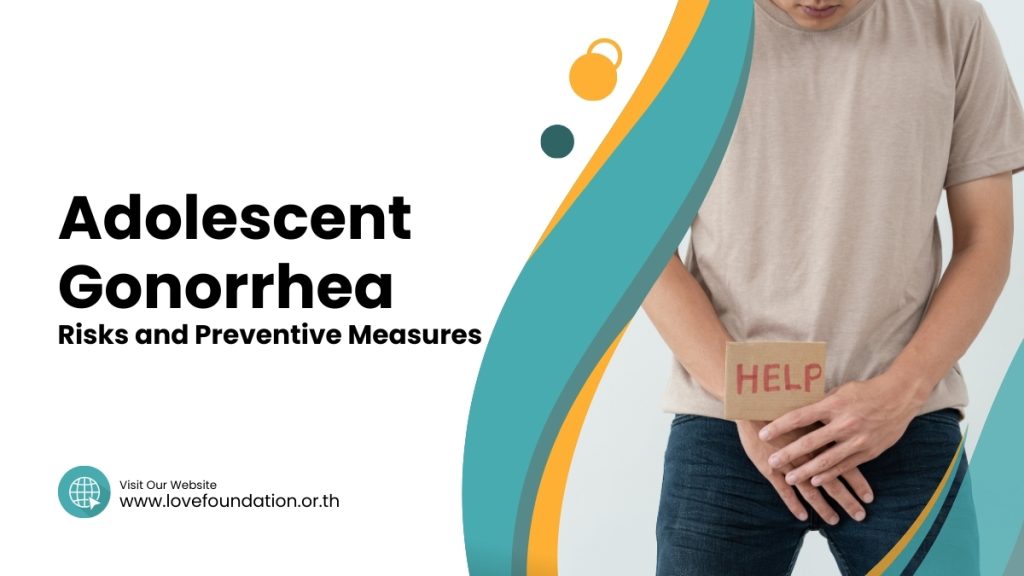Gonorrhea is a Sexually Transmitted Infection (STI) that can affect people of any age. But adolescent gonorrhea are particularly vulnerable due to various factors including lack of awareness. Risky sexual behavior and inadequate access to healthcare. In this article, we’ll delve into the specific risks of adolescent gonorrhea. Explore effective prevention strategies to safeguard their sexual health.
List of contents
1. Understanding Adolescent Gonorrhea
- 1.1 Highlight statistics indicating the prevalence of adolescent gonorrhea compared to other age groups.
- 1.2 Emphasize statistics illustrating the prevalence of adolescent gonorrhea among in comparison to other demographics.
2.Symptoms of Adolescents Gonorrhea

- 2.1 Adolescents Gonorrhea Symptomatic Infections
- 2.2 Adolescents Gonorrhea Asymptomatic Infections
- 2.3 Throat and Rectal Infections
- 2.4 Testing and Diagnosis Adolescents Gonorrhea
3. Risks Faced by Adolescents Gonorrhea
- 3.1 Sexual and Reproductive Health Risks
- 3.2 Substance Abuse and Addiction
- 3.3 Mental Health Challenges
- 3.4 Peer Pressure and Risky Behaviors of Adolescents Gonorrhea
5. Identity Exploration and Acceptance
6. Complications of Untreated Adolescents Gonorrhea
7. Adolescents Gonorrhea Prevention Strategies
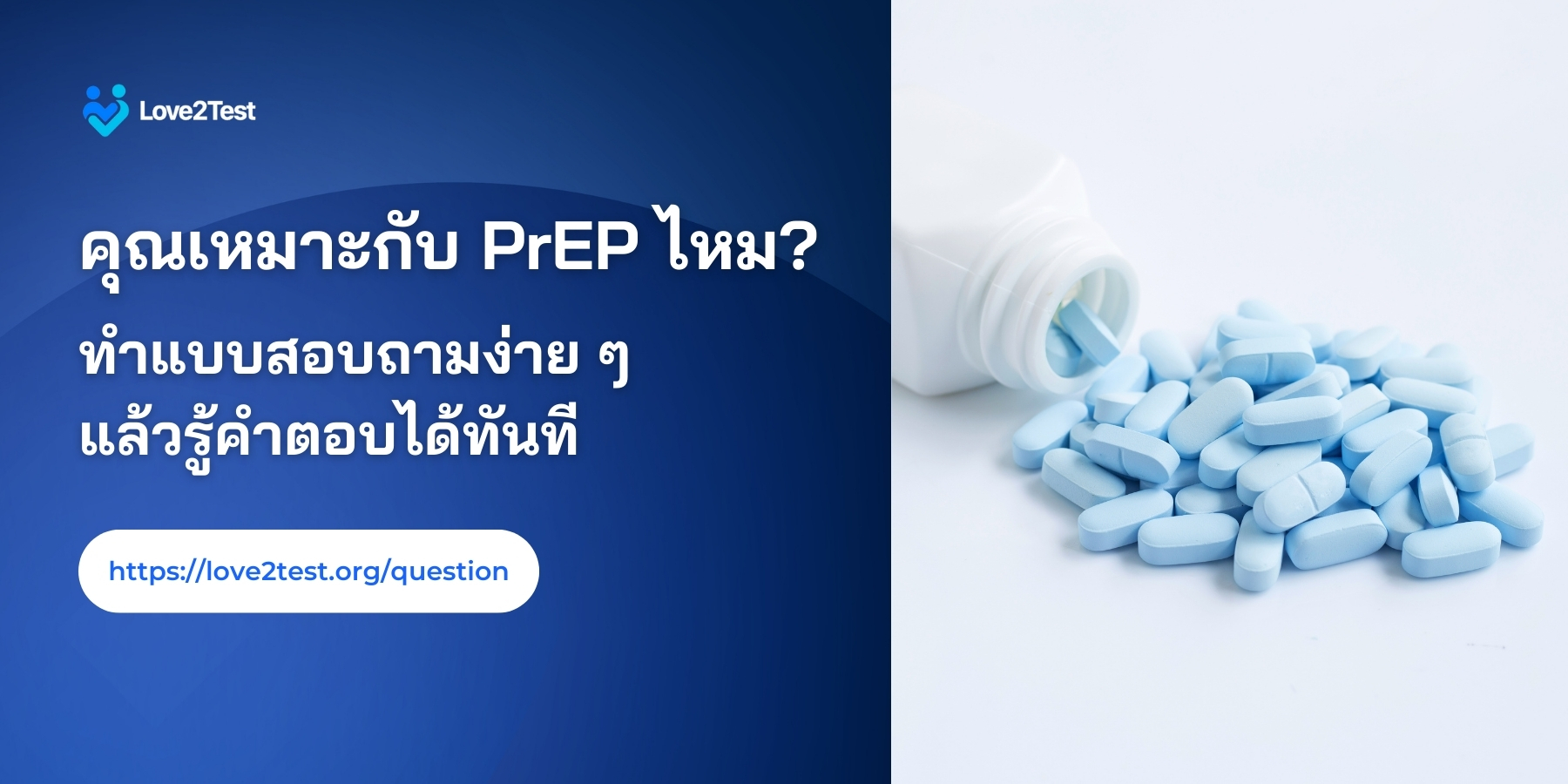
Understanding Adolescent Gonorrhea
Gonorrhea is a Sexually Transmitted Infection (STI) caused by the bacterium Neisseria gonorrhoeae. It primarily infects the mucous membranes of the reproductive tract in both men and women. But it can also affect the throat, rectum, and eyes. Symptoms of gonorrhea can vary but commonly include painful urination. Discharge from the genitals, and in some cases, pelvic pain or discomfort. If left untreated, gonorrhea can lead to serious health complications such as pelvic inflammatory disease, infertility. And increased risk of HIV transmission. It is typically treated with antibiotics, although drug-resistant strains of the bacteria have become a growing concern in recent years. Prevention methods include practicing safe sex, using condoms consistently, and getting regular STI screenings.
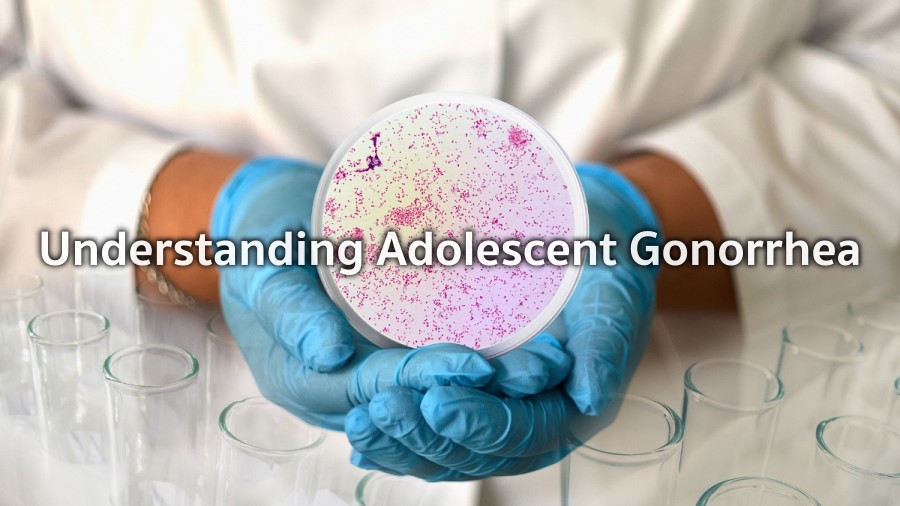
Highlight statistics indicating the prevalence of adolescent gonorrhea compared to other age groups.
Gonorrhea is one of the most commonly reported sexually transmitted infections (STIs) worldwide. Its prevalence among adolescents is particularly noteworthy compared to other age groups. Here are some highlight statistics indicating the prevalence of gonorrhea among adolescents:
- High Incidence Rates: Adolescents and young adults are disproportionately affected by gonorrhea. According to data from the Centers for Disease Control and Prevention (CDC) in the United States. Individuals aged 15 to 24 years old accounted for the highest rates of reported gonorrhea cases compared to other age groups.
- Trend in Increased Cases: Over recent years, there has been a concerning trend of rising gonorrhea rates among adolescents. This increase may be attributed to various factors, including changes in sexual behavior. Decreased access to sexual health education, and inadequate access to healthcare services.
- Global Impact: The prevalence of gonorrhea among adolescents is not limited to the United States. Globally, adolescents and young adults are at a heightened risk of acquiring gonorrhea compared to older age groups. With substantial variations in prevalence rates observed across different regions and countries.
Emphasize statistics illustrating the prevalence of adolescent gonorrhea among in comparison to other demographics.
- Underreporting and Stigma: It’s essential to recognize that reported cases of gonorrhea likely underestimate the true prevalence among adolescents. Due to factors such as underreporting, stigma associated with seeking sexual health services. And limited access to testing and treatment, particularly among marginalized populations.
- Impact on Sexual Health: Gonorrhea can have significant implications for the sexual health and well-being of adolescents. Untreated gonorrhea can lead to complications such as pelvic inflammatory disease (PID), infertility, and an increased risk of HIV transmission. Moreover, the stigma and psychosocial consequences of an STI diagnosis can adversely affect adolescents’ mental health and relationships.
- Importance of Prevention and Education: Given the disproportionate burden of gonorrhea among adolescents. Targeted interventions focusing on sexual health education, access to confidential and youth-friendly healthcare services. And promotion of condom use are critical for reducing the transmission of gonorrhea. And mitigating its impact on this vulnerable population.
In summary, the prevalence of gonorrhea among adolescents is a significant public health concern. Highlighting the need for comprehensive strategies aimed at prevention, early detection. And treatment to address the unique challenges faced by this age group in combating STIs.
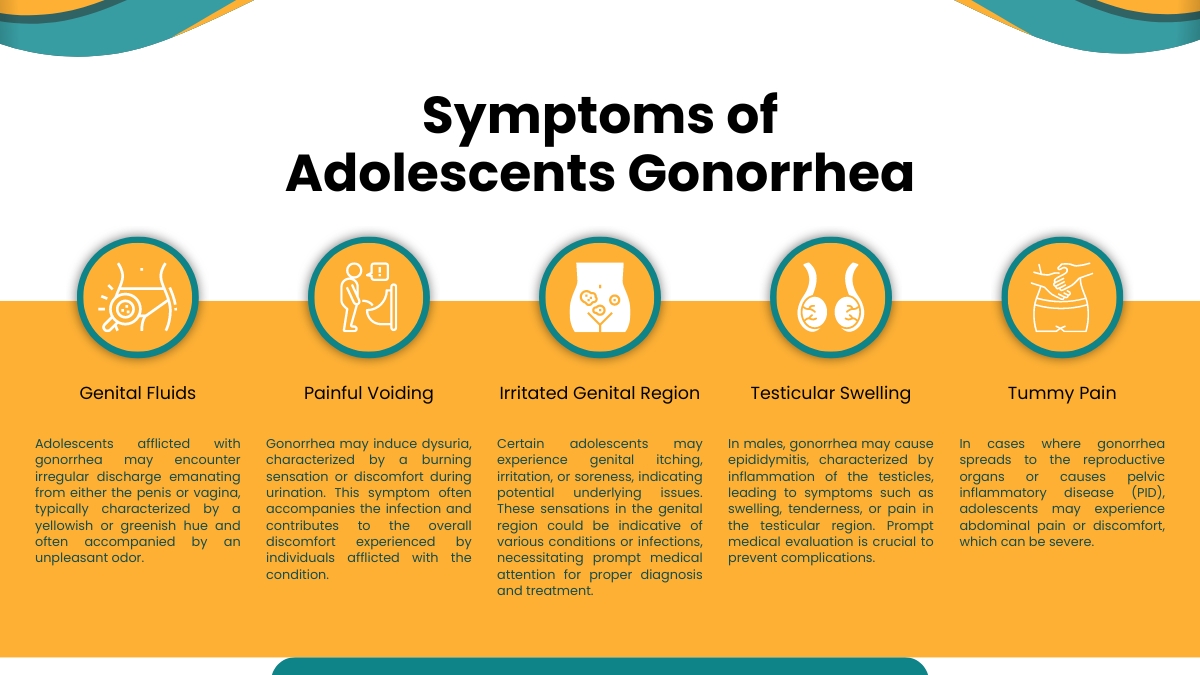
Symptoms of Adolescents Gonorrhea
Gonorrhea symptoms in adolescents can vary widely. It’s crucial to emphasize that many cases are asymptomatic, particularly in this age group. When symptoms do occur, they typically manifest within one to two weeks after exposure to the Neisseria gonorrhoeae bacterium. Here are some details regarding the symptoms of adolescent gonorrhea, including both symptomatic and asymptomatic presentations:
Adolescents Gonorrhea Symptomatic Infections
| Genital Discharge | Adolescents with gonorrhea may experience abnormal discharge from the penis or vagina. The discharge is often yellowish or greenish in color and may be accompanied by a foul odor. |
| Painful Urination |
Gonorrhea can cause discomfort or pain during urination, which may be described as a burning sensation. |
| Genital Itching or Irritation | Some adolescents may notice itching, irritation, or soreness in the genital area. |
| Swollen Testicles | In males, gonorrhea can lead to inflammation of the testicles (epididymitis), resulting in swelling, tenderness, or pain in the testicular area. |
| Abdominal Pain |
In cases where gonorrhea spreads to the reproductive organs or causes pelvic inflammatory disease (PID), adolescents may experience abdominal pain or discomfort, which can be severe. |
Adolescents Gonorrhea Asymptomatic Infections
- Silent Carrier Status:
- Many adolescents infected with gonorrhea do not experience any noticeable symptoms. These individuals are referred to as “silent carriers” because they can unknowingly transmit the infection to sexual partners despite being asymptomatic themselves.
- Risk of Complications:
- Although asymptomatic, adolescents with gonorrhea can still develop complications such as pelvic inflammatory disease (PID), which can lead to long-term reproductive health issues such as infertility or ectopic pregnancy, even without experiencing noticeable symptoms.
Throat and Rectal Infections
Extra-Genital Symptoms: Gonorrhea can also infect the throat (pharyngeal gonorrhea) or rectum (rectal gonorrhea) in adolescents who engage in oral or anal sex. Symptoms of throat or rectal gonorrhea may include sore throat, difficulty swallowing, or anal discharge, but these infections can also be asymptomatic.
Testing and Diagnosis Adolescents Gonorrhea
- Importance of Screening: Due to the high prevalence of asymptomatic gonorrhea infections in adolescents, routine screening is essential, especially for sexually active individuals or those engaging in high-risk behaviors.
- Diagnostic Tests: Diagnosis of gonorrhea typically involves laboratory testing of urine samples, genital swabs, or samples taken from other potentially infected sites. Confidential and non-judgmental healthcare services are crucial to encourage adolescents to seek testing and treatment.
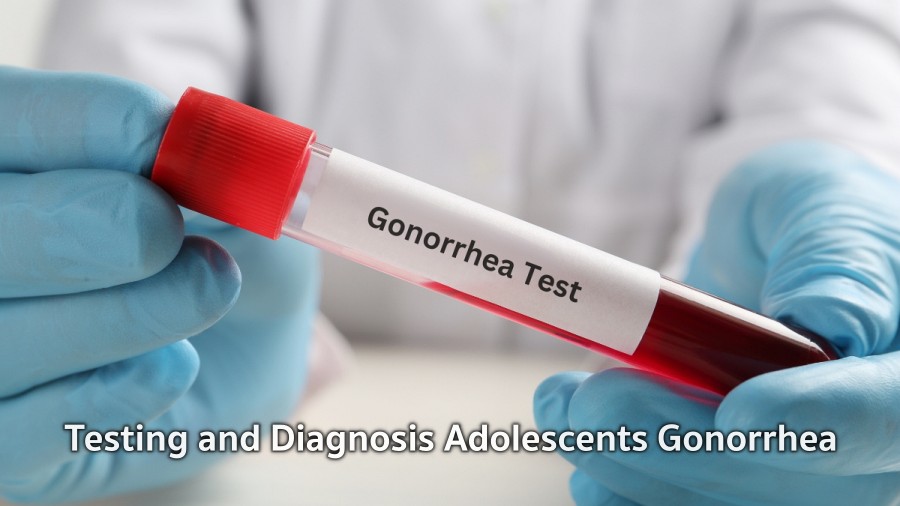
Risks Faced by Adolescents Gonorrhea
Adolescents face a myriad of risks as they navigate the transition from childhood to adulthood. These risks encompass various aspects of their lives, including physical health, mental well-being, social relationships, and academic or vocational pursuits. Some of the key risks faced by adolescents include:
Sexual and Reproductive Health Risks:
| Sexually Transmitted Infections (STIs) | Unintended Pregnancy |
|---|---|
| Adolescents engaging in sexual activity are at risk of contracting STIs such as gonorrhea, chlamydia, HIV/AIDS, and HPV. | Lack of access to contraception or inconsistent use of birth control methods increases the risk of unintended pregnancies among adolescents, which can have significant social, economic and health implications. |
Substance Abuse and Addiction:
Drug and Alcohol Abuse: Adolescents may experiment with drugs and alcohol, leading to substance abuse disorders and addiction. Substance abuse can adversely affect physical health, mental well-being, academic performance, and social relationships.
Mental Health Challenges:
- Depression and Anxiety: Adolescents often experience stressors related to academic pressure, social expectations, family dynamics, and identity formation, which can contribute to the development of depression, anxiety disorders, and other mental health issues.
- Self-Harm and Suicide: Some adolescents may engage in self-harming behaviors or experience suicidal ideation due to untreated mental health conditions, bullying, social isolation, or trauma.
Peer Pressure and Risky Behaviors of Adolescents Gonorrhea:
- Risk-Taking Behaviors: Adolescents are susceptible to peer pressure and may engage in risky behaviors such as substance abuse, unprotected sex, reckless driving, or delinquency to fit in or seek validation from their peers.
- Online Risks: With the proliferation of social media and digital platforms, adolescents are exposed to cyberbullying, online predators, and inappropriate content, posing risks to their emotional well-being and safety.
Violence and Abuse
| Physical and Sexual Violence | Bullying and Harassment |
|---|---|
| Adolescents, particularly marginalized or vulnerable populations, may experience physical, sexual, or emotional abuse within their families, schools, or communities, leading to trauma, injury, and long-term psychological consequences. | Bullying, harassment, and discrimination based on factors such as race, ethnicity, gender identity, or sexual orientation can negatively impact adolescents’ self-esteem, mental health, and academic performance. |
Educational and Socioeconomic Disparities:
- Educational Challenges: Adolescents from disadvantaged backgrounds may face barriers to accessing quality education, including inadequate resources, discrimination, or learning disabilities, limiting their opportunities for academic achievement and future success.
- Poverty and Homelessness: Economic hardship, homelessness, and food insecurity can exacerbate stressors on adolescents, contributing to poor physical health, mental distress, and social marginalization.
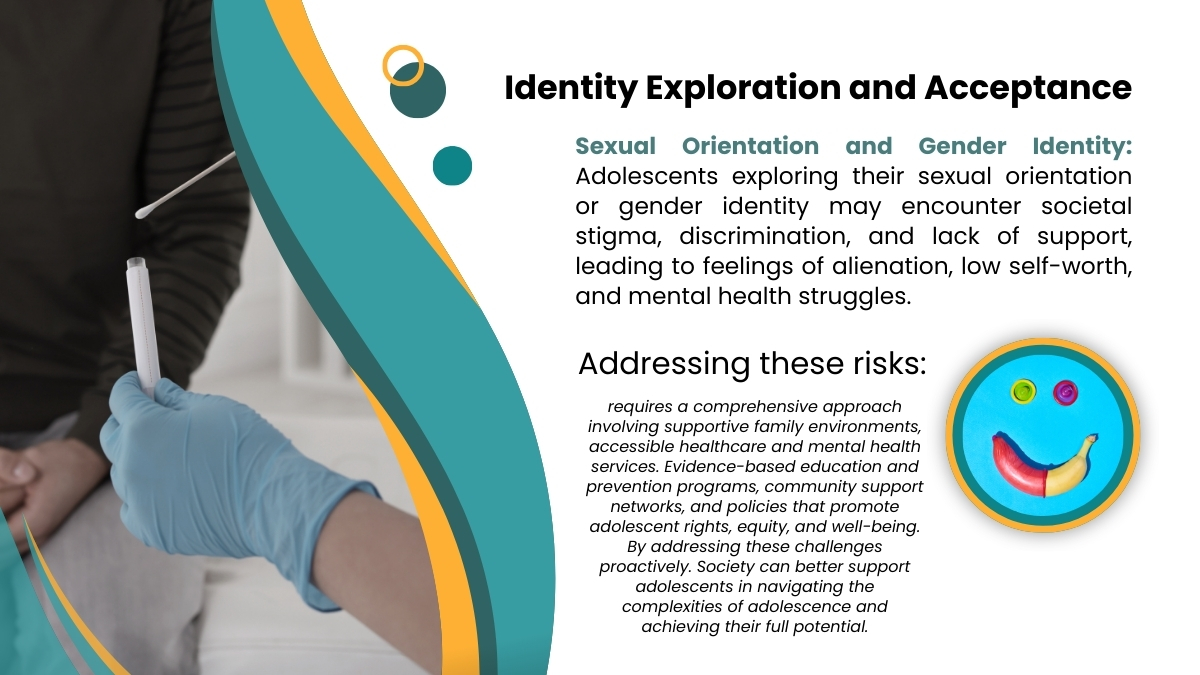
Identity Exploration and Acceptance:
Sexual Orientation and Gender Identity: Adolescents exploring their sexual orientation or gender identity may encounter societal stigma, discrimination, and lack of support, leading to feelings of alienation, low self-worth, and mental health struggles.
Addressing these risks requires a comprehensive approach involving supportive family environments, accessible healthcare and mental health services. Evidence-based education and prevention programs, community support networks, and policies that promote adolescent rights, equity, and well-being. By addressing these challenges proactively. Society can better support adolescents in navigating the complexities of adolescence and achieving their full potential.
Complications of Untreated Adolescents Gonorrhea
Untreated gonorrhea can lead to various complications, affecting both men and women. When left untreated, it can spread and cause severe health issues. Here are some potential complications of untreated adolescent gonorrhea:
- Pelvic Inflammatory Disease (PID): This is a serious complication that primarily affects women. PID occurs when the infection spreads from the cervix and uterus to the fallopian tubes and other reproductive organs. It can cause chronic pelvic pain, infertility, and ectopic pregnancy (pregnancy outside the uterus), which can be life-threatening.
- Infertility: Both men and women can become infertile due to untreated gonorrhea. In women, PID can lead to scarring and damage to the reproductive organs, making it difficult or impossible to conceive. In men, untreated gonorrhea can cause epididymitis, a painful condition affecting the tubes that carry sperm, which may lead to infertility.
- Increased Risk of HIV Transmission: Untreated gonorrhea can increase the risk of contracting or transmitting HIV, the virus that causes AIDS. This is because the inflammation caused by gonorrhea can make it easier for HIV to enter the body.
- Joint Inflammation (Septic Arthritis): Gonorrhea can spread through the bloodstream to other parts of the body, including the joints. This can result in septic arthritis, a condition characterized by severe joint pain, swelling, and fever.
Potential Dangers of Untreated Gonorrhea in Teenagers
- Urethral Stricture: In men, untreated gonorrhea can cause scarring of the urethra (the tube that carries urine from the bladder) due to inflammation. This scarring can lead to a condition called urethral stricture, which can cause difficulty urinating and urinary tract infections.
- Complications in Pregnant Women and Newborns: Pregnant women with untreated gonorrhea are at risk of passing the infection to their babies during childbirth, which can lead to serious complications such as eye infections (conjunctivitis) and pneumonia in newborns.
- Disseminated Gonococcal Infection (DGI): In some cases, gonorrhea can spread throughout the body, causing a condition known as disseminated gonococcal infection. DGI can lead to symptoms such as fever, joint pain, skin lesions, and even life-threatening complications such as meningitis or endocarditis (infection of the heart’s inner lining).
- Chronic Pain and Discomfort: Untreated gonorrhea can cause chronic pelvic pain in women and persistent urethral discomfort in men, affecting their quality of life.
It’s essential to seek medical attention if you suspect you have gonorrhea or any other STI. Adolescent Gonorrhea is typically treated with antibiotics. But early detection and treatment are crucial to prevent complications and reduce the risk of spreading the infection to others. Additionally, practicing safe sex by using condoms can help prevent the transmission of gonorrhea and other STIs.
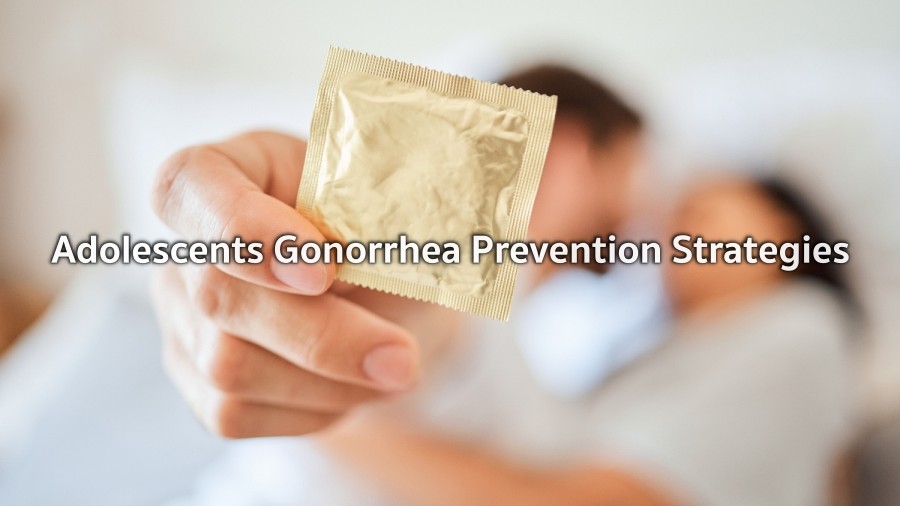
Adolescents Gonorrhea Prevention Strategies
Prevention strategies for adolescent gonorrhea are essential to reduce the risk of transmission. Here are some key prevention methods:
- Abstinence: The most effective way to prevent gonorrhea and other STIs is to abstain from sexual activity. This means refraining from vaginal, anal, and oral sex.
- Mutual Monogamy: Being in a mutually monogamous relationship with a partner who has been tested and is known to be free of STIs can reduce the risk of gonorrhea transmission. However, it’s important to ensure that both partners have been tested before engaging in sexual activity.
- Condom Use: Consistently and correctly using condoms during sexual activity can significantly reduce the risk of contracting gonorrhea and other STIs. Condoms create a barrier that prevents the exchange of bodily fluids, which can contain the gonorrhea bacteria. Latex or polyurethane condoms are effective in preventing gonorrhea transmission.
- Regular STI Testing: Getting tested for STIs, including gonorrhea, is crucial for early detection and treatment. Testing should be a routine part of sexual health care, especially for individuals who are sexually active or have multiple sexual partners. Testing can be done at healthcare facilities, clinics, or through home testing kits.
- Partner Communication: Open and honest communication with sexual partners about STIs, testing, and sexual health history is important. Discussing STI testing and using protection can help prevent the spread of gonorrhea and other infections.
Adolescent Gonorrhea Prevention Tactics
- Vaccination: While there is no vaccine specifically for gonorrhea, vaccination against other STIs such as human papillomavirus (HPV) and hepatitis B can reduce the risk of co-infection and complications.
- Pre-Exposure Prophylaxis (PrEP): For individuals at high risk of HIV infection, pre-exposure prophylaxis (PrEP) medication can be prescribed by healthcare providers. While PrEP does not protect against gonorrhea or other STIs, it can reduce the risk of HIV transmission when used as directed alongside other preventive measures like condom use.
- Avoiding Risky Behaviors: Avoiding risky sexual behaviors such as unprotected sex, having multiple sexual partners, and engaging in casual or anonymous sex can lower the risk of gonorrhea transmission.
- Education and Awareness: Increasing awareness and knowledge about STIs, including gonorrhea, through comprehensive sex education programs can empower individuals to make informed decisions about their sexual health and seek appropriate medical care when needed.
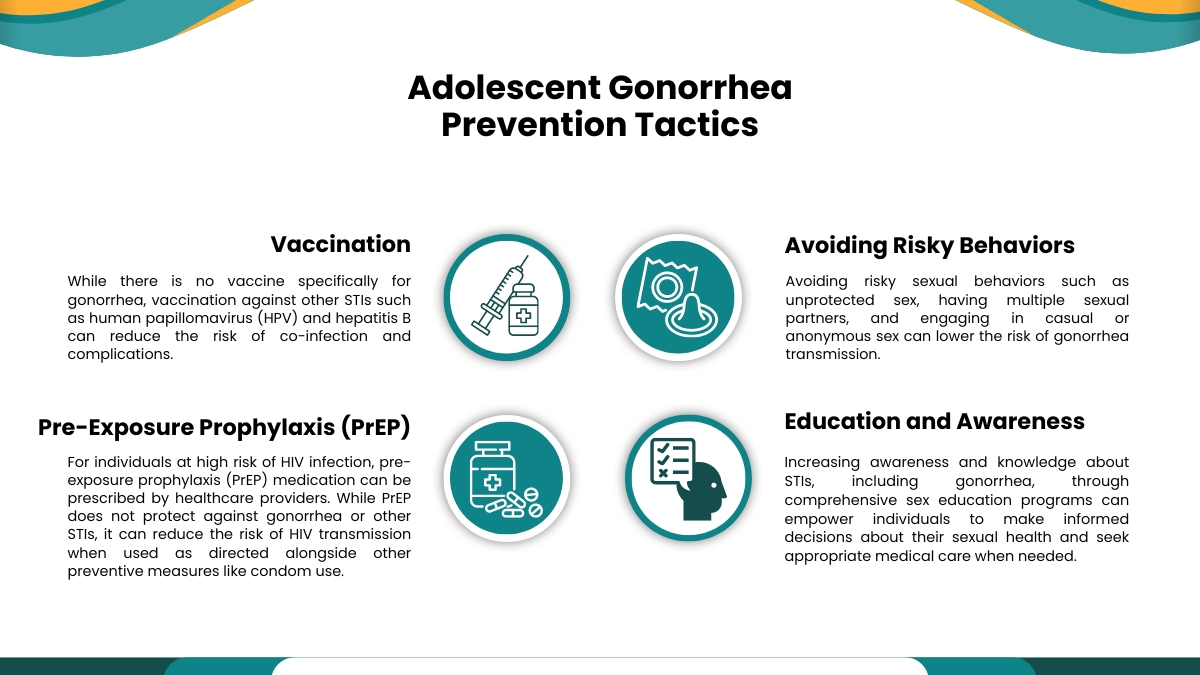
By adopting these prevention strategies and encouraging others to do the same. Individuals can help reduce the spread of gonorrhea and promote overall sexual health and well-being.
Related Articles
- STD Testing for Travelers: What You Need to Know in Bangkok
- Benefits of Condoms: Carry it with you and it’s definitely safe
Adolescent gonorrhea poses significant risks to adolescent health. But with the implementation of effective prevention strategies and increased access to healthcare services. We can work towards reducing its prevalence and mitigating its impact. By prioritizing comprehensive sexual education, promoting safe sex practices. Fostering supportive environments for adolescents. We can empower them to make informed decisions about their sexual health. And prevent the spread of gonorrhea within this vulnerable population. Together, we can ensure a healthier future for adolescents worldwide.
